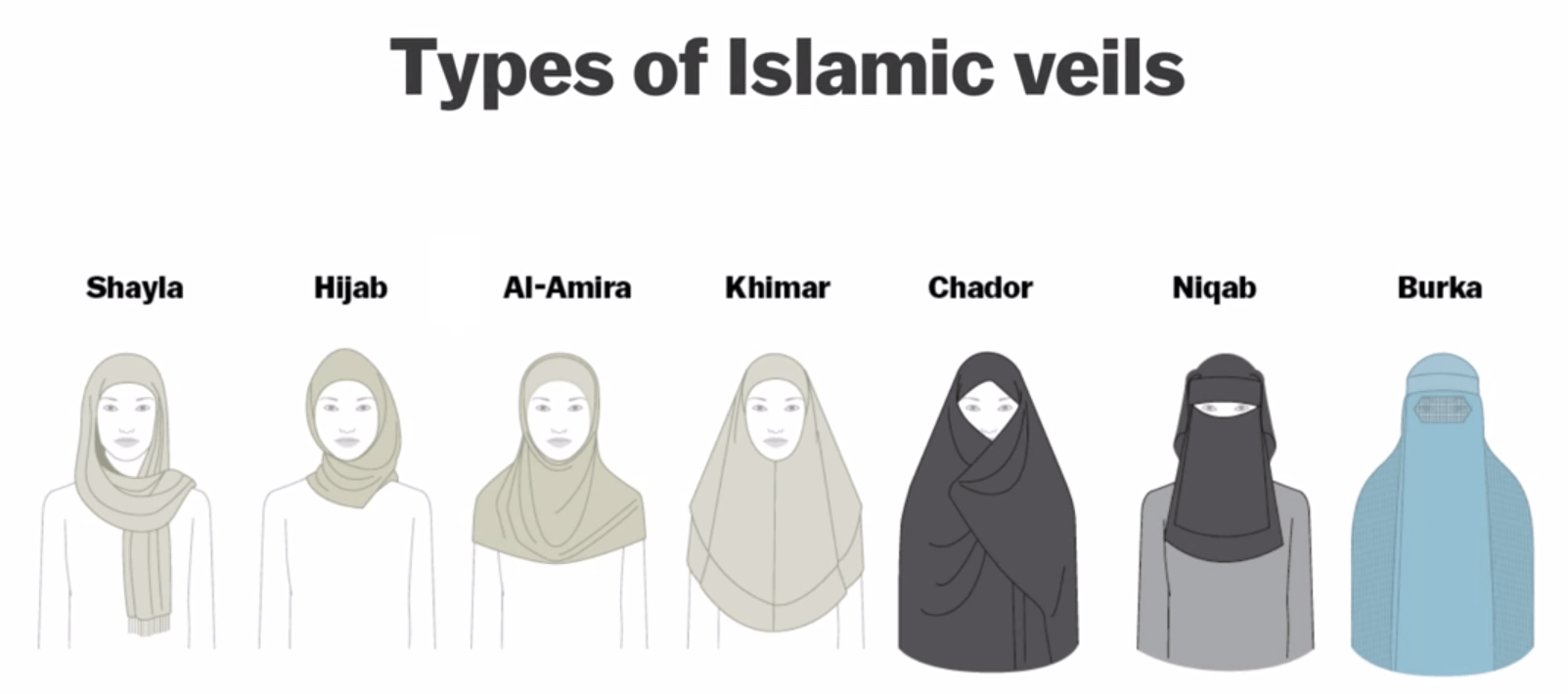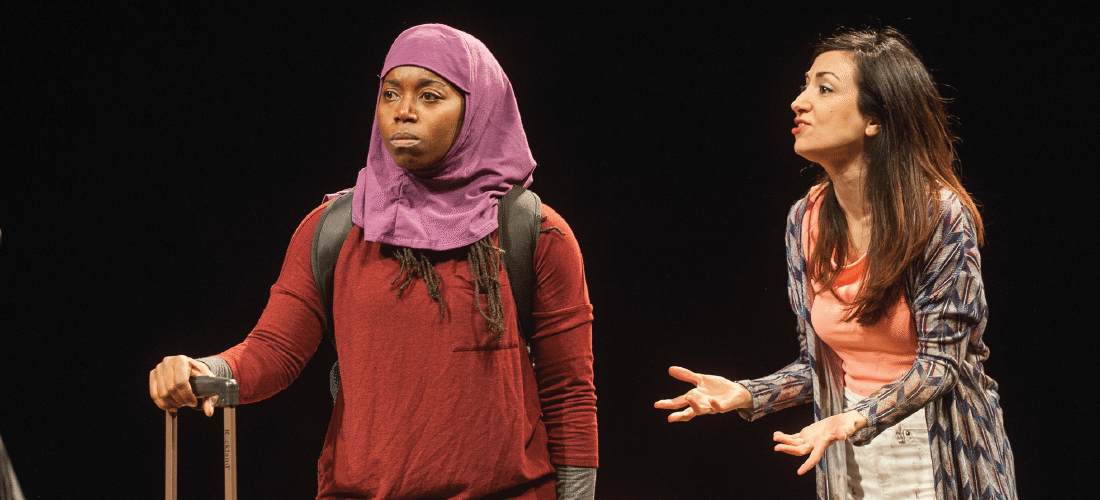DATES:
October 1-18
SHOWTIMES:
Wed/Thurs at 7pm; Fri/Sat at 8pm; Sun at 3pm
WHERE:
Boyd-Quinson Mainstage, 30 Union Street, Pittsfield, MA 01201, USA
TICKETS:
Tickets start at $20; Low Priced Previews October 1-3 are $15 & $20.
By Tom Coash
Directed by Leah C. Gardiner
Starring Hend Ayoub and Donnetta Lavinia Grays
Two college students; one American, one Egyptian; both Muslim; find friendship amidst political unrest in Cairo. Told with honesty and humor, it’s “a brave new work which addresses the thorny crosscurrents of cultural identity” – Broadway World.
This powerful new work is the winner of the Edgerton Foundation National New Play Award and the American Theatre Critics Association’s M. Elizabeth Osborn Award.
“Mesmerizing…Coash’s focus is on the Middle East, but his overall message is a universal one. No matter what our race, nationality, sexuality or religious and political beliefs, we’re all subject to stereotypes. “Veils” reminds us of the importance of seeing and understanding the people behind those all-too-often condemning generalizations.” –Portland Press Herald (Maine)
Veils is sponsored by Francis Investment Consulting Group and Laurie and Martin V. Schwartz. Veils is sponsored in part by Berkshire Bank.
“‘Veils’ original, gripping in Pittsfield…it reinvigorates the mind.” – Albany Times Union
“A stunning theatrical experience…” – Lakeville Journal
“Stirring play…” – Examiner
“…fine drama and excellent theater.” – Berkshire Bright Focus
“Riveting drama…” – CurtainUp
Cast:
Hend Ayoub – Samar
Donnetta Lavinia Grays -Initsar
Creative Team:
Leah C. Gardiner – Director
Becky Abramowitz – Directing Assistant
Arnulfo Maldonado – Scenic/Costume Designer
Michael Chybowski – Lighting Designer
Matt Sherwin – Sound Designer/Original Music
C. Andrew Bauer – Projection Designer
Renee Lutz – Production Stage Manager
Matthew Luppino – Assistant Stage Manager

TYPES OF VEILS
In Islamic culture, women often wear veils as a signifier of religious or cultural tradition or as a show of personal modesty. The type of veils worn differs based on cultural and religious variances.
The Shayla is a long, rectangular scarf popular in the Gulf region. It is wrapped around the head and tucked or pinned in place at the shoulders.
The Hijab or Hejab is a square scarf that covers the head and neck but leaves the face clear. The hijab is worn in many countries and sects of Islam, and is the most common form of veiling in western countries. The hijab can be seen in many colors and styles.
The Al-amira is a two-piece veil. It consists of a close fitting cap, usually made from cotton or polyester, and an accompanying tube-like scarf.
The Khimar is a long, cape-like veil that hangs down to just above the waist. A popular style in Egypt, the Khimar covers the hair, neck and shoulders completely, but leaves the face clear.
The Chador, worn by Iranian women when outside the house, is a full-body cloak. It is often accompanied by a smaller headscarf underneath.
The Niqab is a veil for the face that leaves the area around the eyes clear. However, this may be obscured by a separate eye veil. It is worn with an accompanying headscarf, such as a khimar.
The Burqa is the most concealing of all Islamic veils. It covers the entire face and body, leaving just a mesh screen to see through. There have been attempts to ban both the niqab and burka in some European countries.


